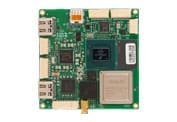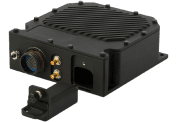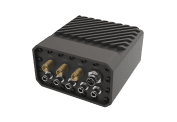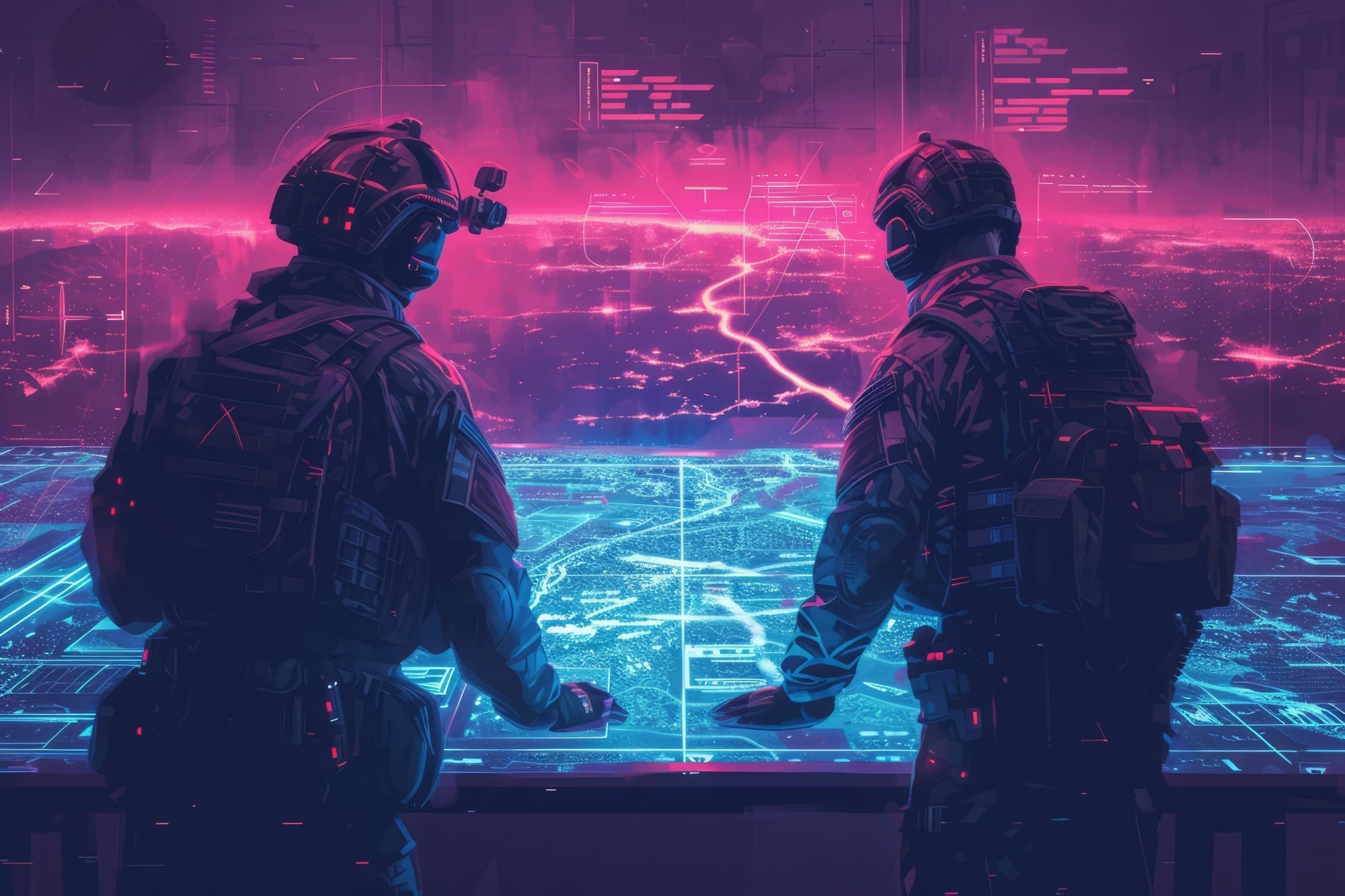With an ever-growing landscape, Maris-Tech explores the latest in tech and intel gatherings.
AI-Enhanced Intelligence Gathering Techniques
Artificial Intelligence is revolutionizing intelligence gathering methods and data analysis by automating the processing and interpretation of vast datasets across various intelligence domains. This includes leveraging natural language processing for deciphering communications and computer vision for imagery analysis, significantly speeding up the intelligence cycle. AI’s ability to sift through and make sense of massive amounts of data in real-time, enhances decision-making processes, providing intelligence agencies with timely, actionable insights. This automation and enhancement of intelligence tasks enable analysts to focus on higher-order analysis, leveraging AI to filter and prioritize information effectively.
AI Edge Video Analysis
AI Edge Video Analysis represents a cutting-edge trend in intelligence gathering, emphasizing the processing of video data directly on the device rather than transmitting it to a centralized system for analysis. This approach leverages AI algorithms at the edge, enabling real-time detection, classification, and tracking of objects of interest within video feeds. Such capability is crucial for scenarios that demand immediate analytical insights, such as monitoring high-security areas, border surveillance, and operational reconnaissance. AI Edge Video Analysis enhances situational awareness by providing rapid, actionable intelligence directly from the field, ensuring security forces can respond to threats with unprecedented speed and precision.
Newest Military Intelligence Technology: Integration of Advanced Sensors and Networked Systems
The proliferation of advanced sensors and networked systems offers unprecedented opportunities for intelligence gathering in military settings. These technologies, combined with the massive growth in data and improvements in computing power, are enabling more comprehensive surveillance and reconnaissance operations. Multimodal sensors, networked across domains, provide a more detailed and dynamic picture of the battlefield, enhancing the ability to collect, share, and analyze intelligence in real-time. This integration facilitates a more agile and responsive intelligence apparatus, capable of addressing complex security challenges with greater precision.
Utilization of 5G for Cyber Intelligence Gathering
5G technology’s role in intelligence gathering cannot be overstated, with its high-speed and low-latency capabilities facilitating real-time data transmission across a wide range of military applications. This next-generation connectivity is crucial for operating unmanned systems, ensuring secure communications, and enabling the Internet of Military Things (IoMT). The deployment of 5G enhances the capacity for multi-domain operations, supporting faster decision-making processes and improving situational awareness through enhanced communication between sensors, operatives, and command centers.
Open-Source Intelligence (OSINT) and Big Data Analytics
The emergence of open-source intelligence (OSINT) as a pivotal component of intelligence gathering in security is amplified by the availability of big data analytics. The ability to leverage publicly available data, combined with sophisticated analytical tools, enables intelligence agencies to extract valuable insights from unclassified sources. This trend is transforming the technology and intelligence collection paradigm, allowing for the augmentation of classified intelligence with a wealth of information available in the public domain, thereby broadening the scope and depth of intelligence analysis.
Cyber Intelligence Gathering and Defense
As cyber threats become more sophisticated, cyber intelligence and defense capabilities are increasingly critical for national security. The integration of AI and machine learning technologies into cybersecurity operations enables the proactive identification and mitigation of cyber threats. These technologies support the detection of patterns indicative of cyberattacks, enhance threat intelligence, and improve the resilience of defense networks against espionage, sabotage, and cyber warfare. The ongoing advancement in this area underscores the importance of cybersecurity in the broader intelligence gathering and national defense strategy.
Who Employs Cutting-Edge Technology and Intelligence Gathering Methods?
The main users of new intelligence gathering technology span a broad spectrum of entities within the defense, military, and homeland security sectors, reflecting the diverse applications of these advancements. Here are the primary users:
Military and Defense Departments
Military organizations worldwide are primary users of advanced intelligence gathering technology. They leverage AI for situational awareness, edge video analysis for real-time reconnaissance, and other tech like drones and satellite imagery for surveillance and operational planning. Using these technologies for intelligence gathering in security is crucial for strategic decision-making, battlefield superiority, and ensuring national security.
Intelligence Agencies
National intelligence agencies, such as the CIA in the United States, MI6 in the United Kingdom, and Mossad in Israel, utilize cutting-edge technologies for collecting, processing, and analyzing intelligence. This includes the use of AI for signals intelligence (SIGINT), human intelligence (HUMINT), and geospatial intelligence (GEOINT), enhancing their ability to monitor threats, gather foreign intelligence, and support counterintelligence activities.
Homeland Security Agencies
Entities focused on domestic security, like the U.S. Department of Homeland Security (DHS), make extensive use of these technologies for border security, counterterrorism, and cybersecurity. AI edge video analysis, for example, is used for monitoring borders and critical infrastructure, while big data analytics support the identification of potential domestic threats.
Law Enforcement Agencies
Police and federal law enforcement agencies employ these technologies for crime prevention, investigation, and public safety. AI-driven facial recognition, license plate readers, and predictive policing models are examples of how new technologies are applied within urban and national security contexts.

Cybersecurity Firms
Given the increasing importance of cyber intelligence, private cybersecurity firms play a significant role in the intelligence space. They use AI and machine learning to detect and respond to cyber threats, protect critical infrastructure, and provide threat intelligence services to governments and corporations.
Private Sector and Commercial Entities
Defense contractors and technology companies are also key users, both as developers and suppliers of intelligence technologies. Companies like Lockheed Martin, Northrop Grumman, and Palantir develop and supply advanced systems and software used in intelligence operations. In addition, commercial entities in sectors such as telecommunications and technology (e.g. 5G providers and cloud computing firms) are increasingly involved in the intelligence gathering ecosystem, providing infrastructure and services that support intelligence operations.
Securing Tomorrow Strategically: Technology’s Impact on Intelligence Collection
The role of technology in intelligence gathering, analysis, and management is reshaping the defense, military, and HLS landscapes, ensuring a more secure and informed global environment. From the automation of data analysis through AI to the real-time capabilities of edge video analysis and the robust communication offered by 5G, these innovations are pivotal in maintaining national security against evolving threats. As the main users—ranging from military departments to cybersecurity firms—continue to leverage these tools, the future of intelligence gathering looks promising, driving strategic decisions and operational superiority. This evolution underscores the necessity of continuous innovation and collaboration across sectors to harness the full potential of intelligence technologies in safeguarding global security.
As a pioneer in high-performance AI edge video and analytics technologies, Maris-Tech delivers innovative solutions to companies worldwide, including leading electro-optical payload, RF datalink, and unmanned platform manufacturers, as well as commercial space, defense, HLS, and communication companies.
Contact us to hear more about our offerings.











